How to Add and Subtract Integers? (+FREE Worksheet!)
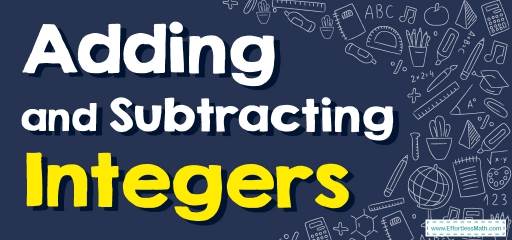
Adding and Subtracting Integers – Example 3:
Exercises for Adding and Subtracting Integers
For education statistics and research National Center for Education Statistics.
Find the sum and the difference.
- \(\color{blue}{(– 12) + (– 4)}\)
- \(\color{blue}{5 + (– 24)}\)
- \(\color{blue}{4 + (– 30) + (45 – 34)}\)
- \(\color{blue}{( – 14) – (– 9) – (18)}\)
- \(\color{blue}{( – 9) – (– 25)}\)
- \(\color{blue}{(55) – (– 5) + (– 4)}\)
Download Adding and Subtracting Integers Worksheet
- \(\color{blue}{-16}\)
- \(\color{blue}{-19}\)
- \(\color{blue}{-15}\)
- \(\color{blue}{-23}\)
- \(\color{blue}{16}\)
- \(\color{blue}{56}\)
The Greatest Books for Students to Ace the Algebra
Original price was: $29.99.$16.99Current price is: $16.99.
Original price was: $109.99.$54.99Current price is: $54.99.
Original price was: $109.99.$54.99Current price is: $54.99.
Related to This Article
More math articles
- How to Do Division Using Partial Quotients
- Number Properties Puzzle – Challenge 4
- The World of Separable Differential Equations
- Polynomial Identity
- Place Values Relationship
- 4th Grade FSA Math Worksheets: FREE & Printable
- How to Find Composite Numbers?
- How to Find the Area of a Triangle Using Trigonometry
- The Ultimate OAA Algebra 1 Course (+FREE Worksheets)
- How to Solve Zero and Negative Exponents? (+FREE Worksheet!)
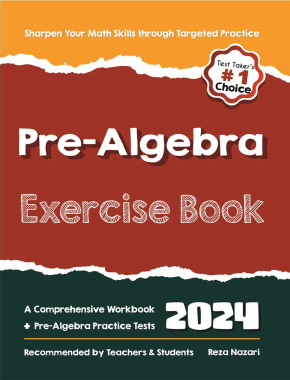


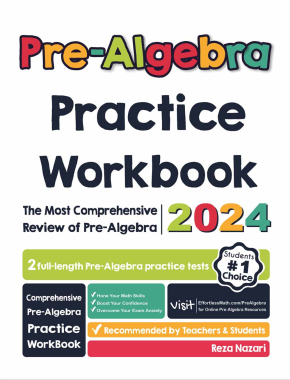

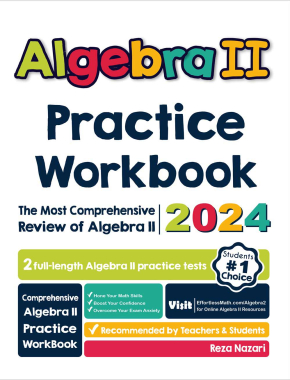
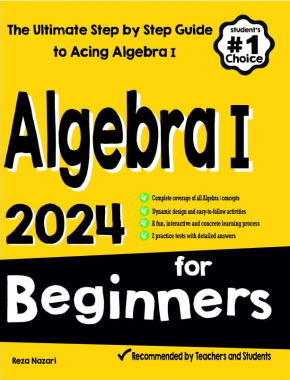
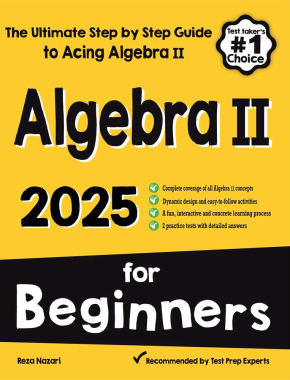
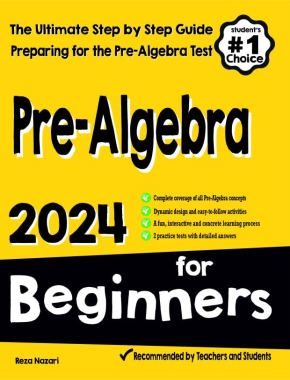


What people say about "How to Add and Subtract Integers? (+FREE Worksheet!) - Effortless Math: We Help Students Learn to LOVE Mathematics"?
No one replied yet.